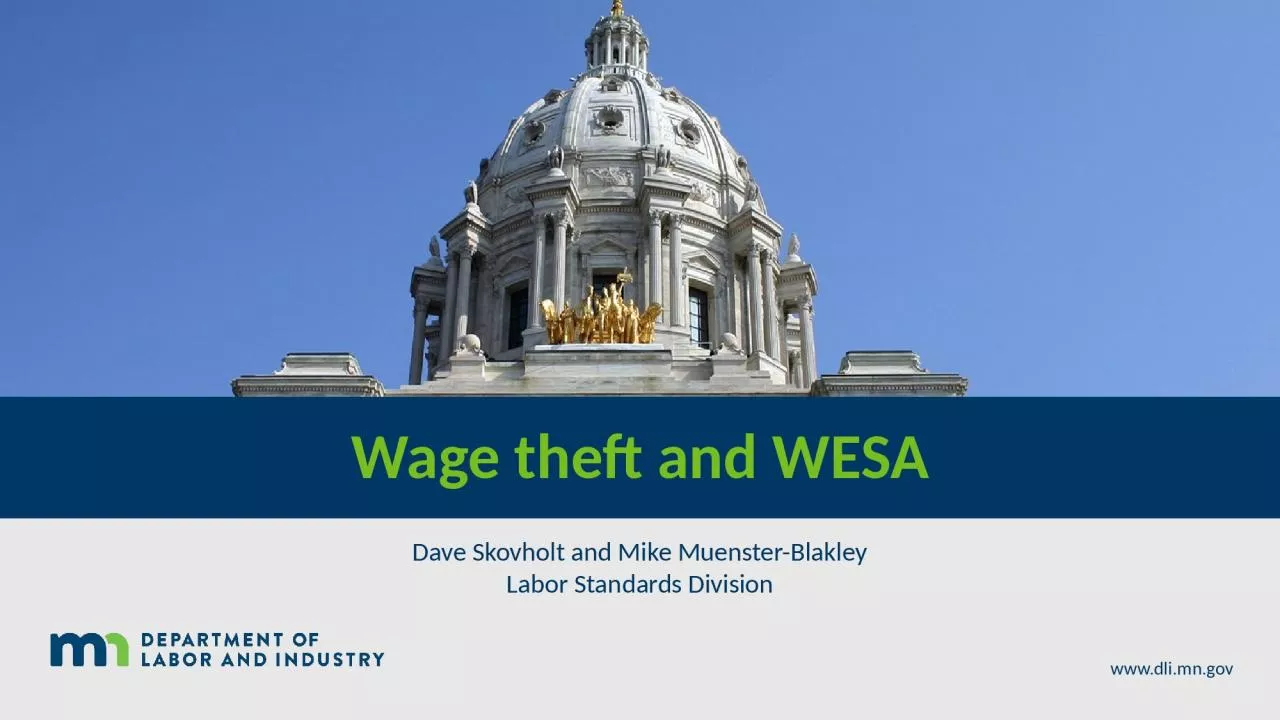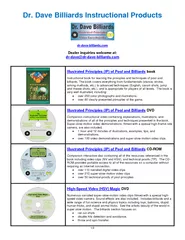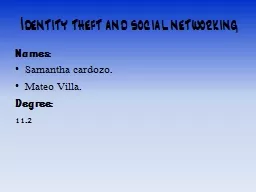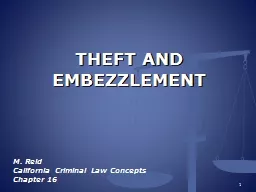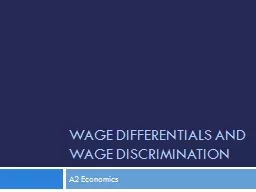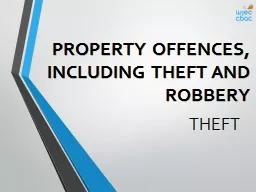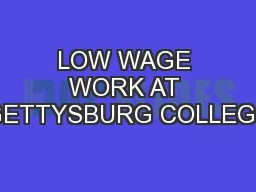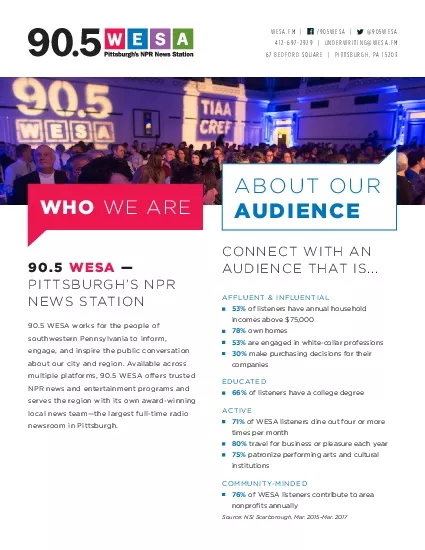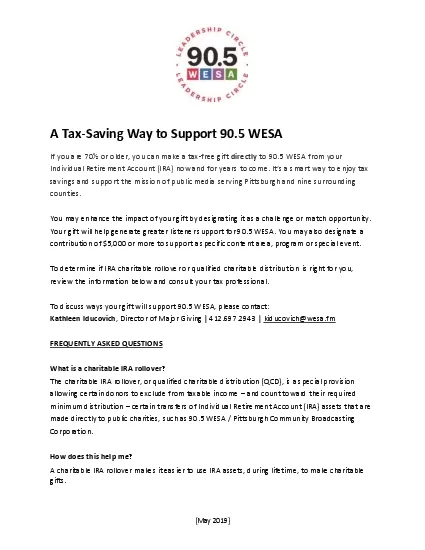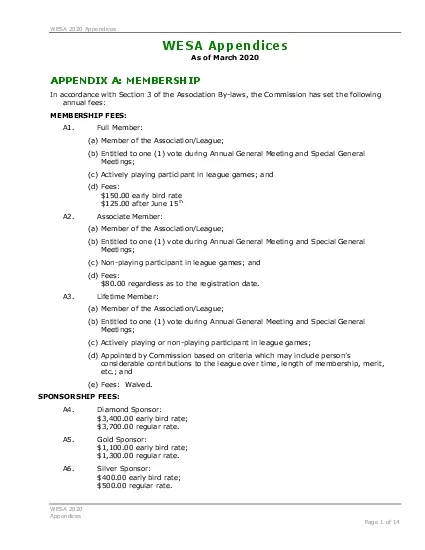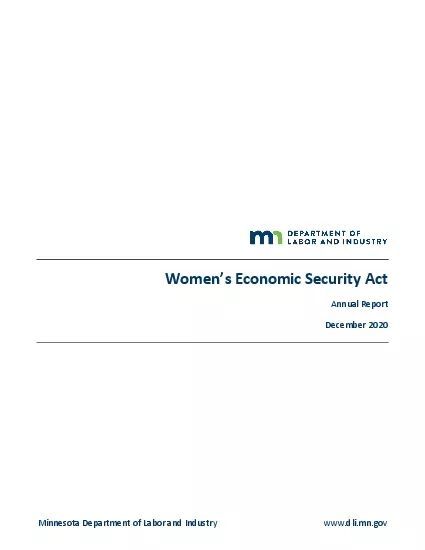PPT-Wage theft and WESA Dave Skovholt and Mike Muenster-Blakley
Author : bety | Published Date : 2024-02-09
Labor Standards Division wwwdlimngov Wage theft training overview What is wage theft Is it a big problem Who does it impact Laws and enforcement regarding
Presentation Embed Code
Download Presentation
Download Presentation The PPT/PDF document "Wage theft and WESA Dave Skovholt and Mi..." is the property of its rightful owner. Permission is granted to download and print the materials on this website for personal, non-commercial use only, and to display it on your personal computer provided you do not modify the materials and that you retain all copyright notices contained in the materials. By downloading content from our website, you accept the terms of this agreement.
Wage theft and WESA Dave Skovholt and Mike Muenster-Blakley: Transcript
Download Rules Of Document
"Wage theft and WESA Dave Skovholt and Mike Muenster-Blakley"The content belongs to its owner. You may download and print it for personal use, without modification, and keep all copyright notices. By downloading, you agree to these terms.
Related Documents

